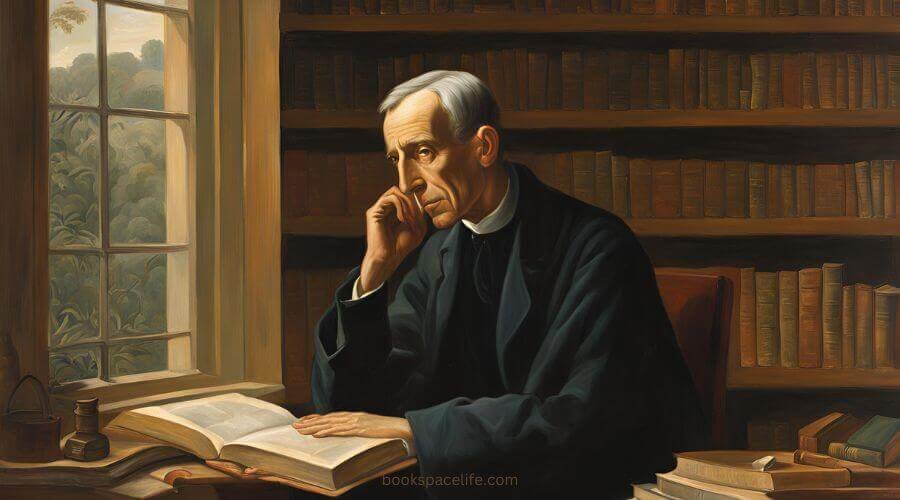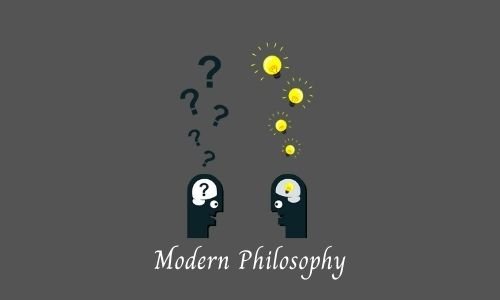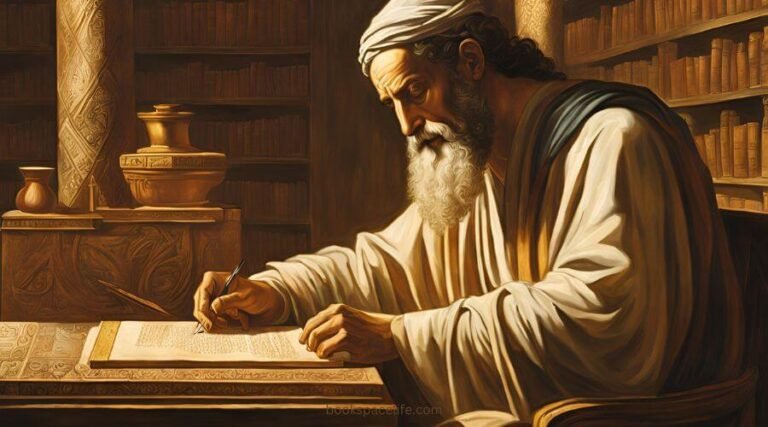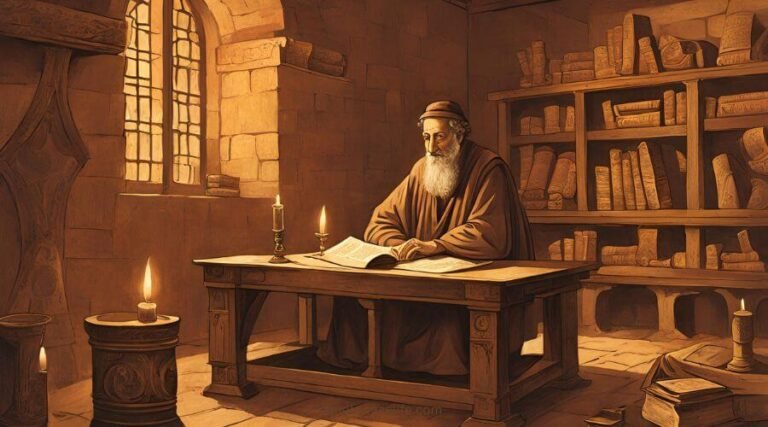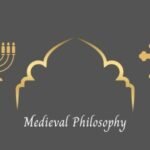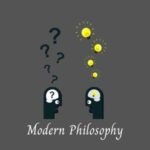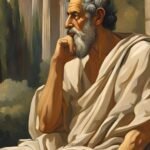Philo of Alexandria
Pierre Teilhard de Chardin: The Philosopher Who Bridged Faith and Science
Pierre Teilhard de Chardin (1881 – 1955 CE) was a French Jesuit priest, philosopher, and paleontologist, widely known for his efforts to reconcile science and religion in a way that had not been done before.
His work remains influential today in both the fields of philosophy and theology, as well as in the broader discourse on the relationship between religion and science.
Teilhard’s synthesis of evolutionary theory and Christian doctrine, along with his insights into the nature of consciousness and the evolution of humanity, continues to shape contemporary discussions about the future of humanity and the universe.
This blog post will explore the life, education, philosophy, and lasting impact of Pierre Teilhard de Chardin, a man whose ideas often put him at odds with the scientific and religious institutions of his time but whose profound legacy is still felt today.
Table of Contents
(1) Early Life and Education
Pierre Teilhard de Chardin was born on May 1, 1881, in the small village of Sarcenat, in central France, into an aristocratic family.
His father, a former army officer and landowner, came from a devout Catholic family. Teilhard’s mother, on the other hand, was of noble descent, and both parents were deeply committed to their Christian faith.
From an early age, Pierre was immersed in a world of intellectual curiosity, spirituality, and scientific exploration, all of which would influence his future thinking.
Teilhard’s education began in his local town and continued at the Jesuit College of Clermont in Paris, where he studied classical literature and theology.
His intellectual curiosity led him to a diverse range of subjects, but it was the sciences, particularly geology and paleontology, that would come to dominate his life’s work.
By the age of 18, Teilhard had entered the Jesuit order, embarking on a path of both theological and scientific study.
In 1901, Teilhard entered the Novitiate of the Jesuit Order and started his theological studies, which would later lead to his ordination as a priest in 1911.
However, it was during his time at the University of Paris and at the École Pratique des Hautes Études that his passion for science flourished.
There, Teilhard worked under the tutelage of leading scientists, including Henri Bergson, whose evolutionary ideas and emphasis on vitalism deeply impacted his intellectual trajectory.
Teilhard’s dual focus on theology and science would lead to tensions, both with his religious superiors and with the scientific community.
Still, his academic foundation in philosophy, biology, and geology provided him with the tools to synthesize ideas from disparate fields, ultimately developing his own worldview.
(2) Scientific Career and Early Travels
Teilhard de Chardin’s scientific career took him on extensive travels, where he engaged in groundbreaking work in the fields of paleontology and geology.
His travels took him to some of the most famous archaeological sites of the early 20th century, including China, Tibet, and Mongolia.
He was involved in key fossil discoveries in China, including the Peking Man fossils, which provided evidence of early hominid evolution.
In the field of paleontology, Teilhard worked alongside some of the leading scientists of his day, contributing to studies of early human evolution.
His scientific work was critical in advancing the understanding of human origins and the deep history of life on Earth, particularly in the context of evolution.
However, it was his growing desire to reconcile the findings of modern science with Christian theology that would lead him to formulate his most profound ideas.
(3) Philosophy and Theology: The Vision of Evolution and the Omega Point
Teilhard de Chardin’s philosophical and theological ideas are best understood in the context of his view of the universe and the evolution of life.
His work sought to bridge the gap between Darwinian evolution and the Christian faith.
He was one of the first thinkers to articulate a vision of evolution that did not conflict with religious belief but rather integrated it into a larger spiritual framework.
(i) The Vision of Evolution
Teilhard was deeply influenced by the theory of evolution. However, unlike many contemporaries, he believed that evolution was not merely a random, mechanistic process but a purposeful unfolding of life toward greater complexity and consciousness.
He envisioned the universe as an evolving system, one in which matter becomes increasingly complex over time, leading to greater organization, intelligence, and eventually spirituality.
His concept of “the noosphere”, which refers to the “sphere of thought” or collective consciousness, reflected his belief that humanity’s spiritual development was intertwined with the physical process of evolution.
Teilhard saw the evolution of human beings as part of a larger cosmic process.
He believed that the emergence of human consciousness was not a random event but the result of an inherent drive toward greater spirituality and awareness.
Humanity, in his view, was destined to play a pivotal role in the universe’s unfolding, with love, creativity, and unity guiding this process.
Teilhard’s work aligned with his belief that human beings were not simply products of blind natural forces but had an inherent connection to the divine.
(ii) The Omega Point
Teilhard’s most famous and controversial idea was that of the “Omega Point”. The Omega Point represented the culmination of the evolutionary process—a state of ultimate unity, consciousness, and divine connection.
Teilhard argued that evolution was not a random, chaotic process, but rather a teleological one, directed toward this ultimate point of spiritual and intellectual convergence.
The Omega Point, for Teilhard, was where humanity and God would converge. It would be a point of perfect unity, in which the whole of human consciousness would be brought into complete harmony with the divine.
Teilhard was clear that this was not a purely speculative idea but one grounded in the evolution of both mind and matter.
The Omega Point concept was rooted in Teilhard’s understanding of Christian doctrine.
He believed that Jesus Christ, as the Logos (the divine Word), was the spiritual force propelling the universe toward this ultimate point of unity.
Teilhard’s Christian cosmology thus envisioned Christ as the ultimate synthesis of both the material and spiritual worlds, guiding the evolution of both through the force of love and creativity.
(4) Influence and Impact
Teilhard de Chardin’s ideas, though controversial in his time, have had a profound and lasting influence on both theology and science.
His vision of a unified universe, where science and religion could coexist harmoniously, was radical for the early 20th century, and his ideas still resonate with thinkers today.
(i) Science and Religion
Teilhard’s most lasting legacy lies in his reconciliation of science and Christianity. His work challenged the traditional view that evolutionary biology and Christian faith were incompatible.
By framing evolution as a divinely guided process, Teilhard helped pave the way for future thinkers to see science as a tool for understanding the unfolding of God’s creation rather than a challenge to religious belief.
His ideas would influence later thinkers like Thomas Merton, Evelyn Underhill, and Jean-Paul Sartre.
Teilhard’s integration of evolutionary theory and theology remains a topic of discussion in the field of theistic evolution.
Many contemporary scientists and theologians still draw on his work to explore the relationship between God and the natural world, especially as new discoveries continue to deepen our understanding of human consciousness and the cosmos.
(ii) The Noosphere and Global Consciousness
Teilhard’s idea of the noosphere (a collective sphere of human consciousness) has become increasingly relevant in today’s digital and interconnected age.
With the advent of the internet and global communication, many see Teilhard’s vision of a connected world of consciousness as prophetic.
The idea that human consciousness is evolving toward greater unity is an important framework for discussions on globalization, collective intelligence, and the future of humanity.
(iii) Spirituality and the Evolution of Consciousness
Teilhard’s work has inspired many to think more deeply about the role of spirituality in the evolution of consciousness.
His emphasis on the role of love, creativity, and divine will in human development continues to be a central theme in modern spiritual thought.
Many contemporary movements in New Age spirituality, integral theory, and ecospirituality can trace their intellectual roots back to Teilhard’s vision of an evolving cosmos.
(5) Conclusion
Pierre Teilhard de Chardin was a visionary thinker who sought to merge the scientific discoveries of his time with the spiritual truths of Christianity.
His groundbreaking work on evolution, consciousness, and the Omega Point challenged the dominant paradigms of both the scientific and religious worlds and laid the groundwork for a new, holistic understanding of humanity’s place in the cosmos.
Though his ideas were controversial in his time, they have become central to contemporary discussions on the relationship between faith and science, spirituality and progress, and humanity’s future.
Through his efforts, Teilhard de Chardin left an indelible mark on philosophy, theology, and science.
His work remains a powerful reminder that the pursuit of knowledge is not just a scientific endeavor but a deeply spiritual one, and that the evolution of humanity is a journey toward greater love, unity, and communion with the divine.

